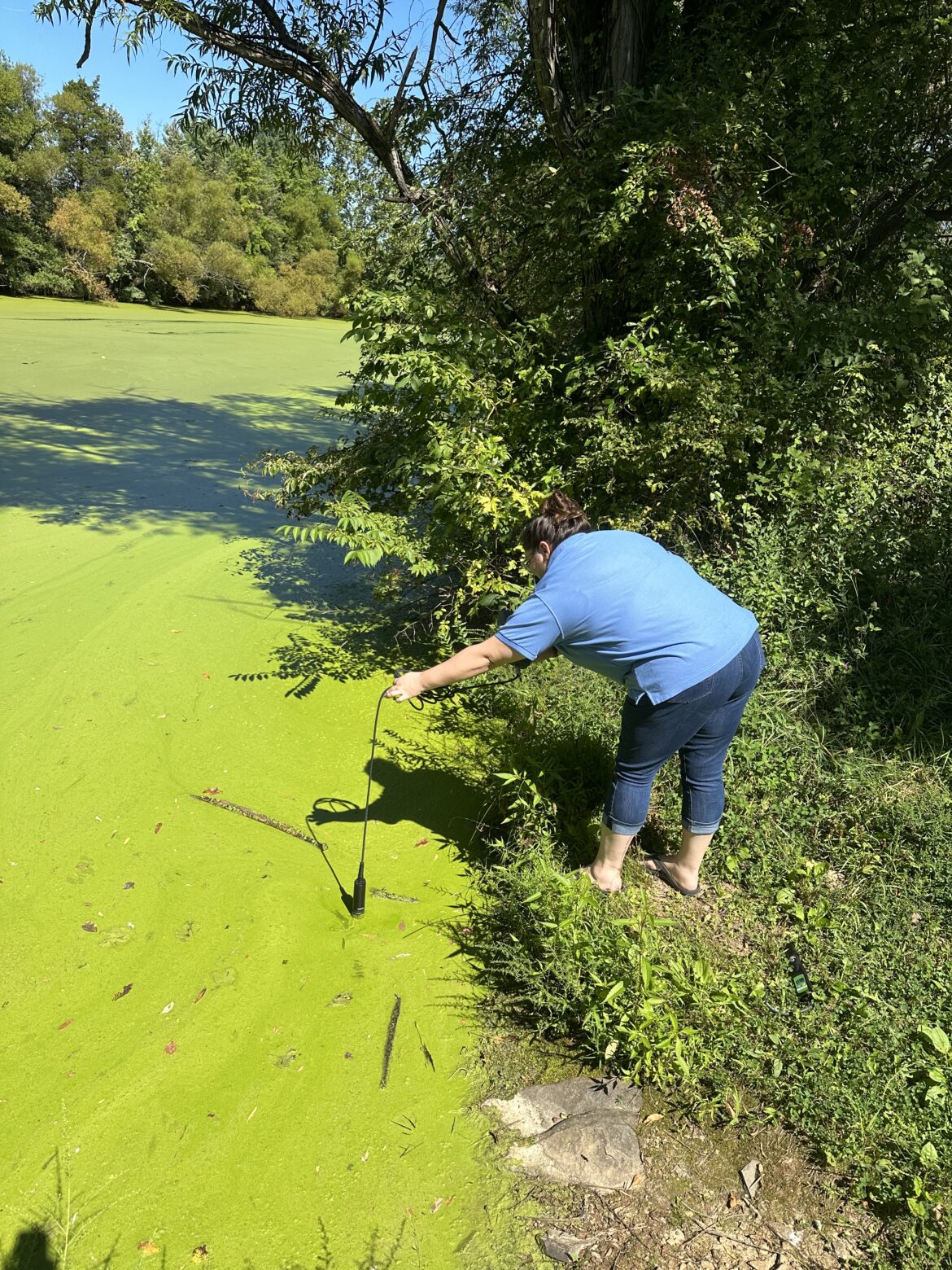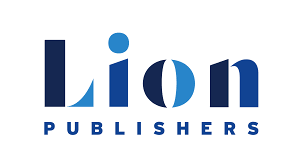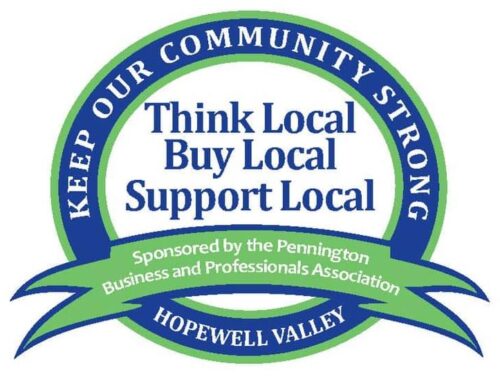The Watershed Institute Warns: Harmful Algal Blooms (HABs) Pose a Threat to New Jersey’s Waters Due to Excessive Heat and Polluted Stormwater Runoff – HABs detected in some waterways.
The Watershed Institute urges residents and visitors of New Jersey to remain vigilant against the growing threat of harmful algal blooms (HABs) in our state’s water bodies. These blooms, caused by excessive growth of cyanobacteria, can be toxic. It is crucial to be aware of the risks and take proactive measures to minimize their occurrence.
HABs, also known as toxic cyanobacteria (or blue-green algae), are increasingly becoming a concern across the nation, including here in New Jersey due to the rising global temperatures that fuel bloom growth and polluted stormwater runoff that carries bloom-inducing contaminants. The recent heavy rains and warm temperatures combined with excess nutrients like phosphorus and nitrogen can cause these algae to multiply rapidly and produce toxins that are harmful to people, pets, wildlife and fish. Exposure to these toxins can cause skin irritations, respiratory issues, flu-like symptoms, gastrointestinal problems, and in severe cases, even organ failure or death.
For your safety, be sure to abide by all warning signs near affected water bodies and public access points that inform individuals about the presence of harmful algae blooms. Avoid direct contact with discolored or foul-smelling water and report any related health issues.
Executive Director of The Watershed Institute Jim Waltman comments, “While New Jersey alone cannot halt rising global temperatures that fuel the bloom growth, The Watershed Institute along with the state of New Jersey and even individuals can take steps to reduce the impacts of HABs. “
Manage Pollution — Limiting nutrient inputs can help prevent excessive algae growth. Nutrient pollution can be reduced through responsible fertilizer use, limiting the use of road salts, proper septic tank and sewer pipe maintenance, proper disposal of pet waste, and adopting sustainable agricultural practices.
Reduce Polluted Stormwater Runoff — Land development can be a major contributor to polluted runoff for many reasons. One of the Clean Water Act’s provisions requires towns to secure a permit that holds them responsible for managing any stormwater runoff under their control. This permit, known as the Municipal Separate Storm Sewer System Permit (MS4), is a crucial tool for protecting our waterways from pollution. The Watershed Institute has been urging these permits to require greater action by towns to combat polluted stormwater runoff and even sued NJDEP (New Jersey Department of Environmental Protection) to advance that goal.
Thanks to the efforts of The Watershed Institute and partner organizations, an updated version of the MS4 permit requires towns to create Watershed Improvement Plans to address water pollution resulting from runoff. The Watershed Institute is facilitating collaboration between the towns and encouraging them to adopt a regional approach to cleaning up water pollution and implementing these requirements.
Install Green Infrastructure — Traditional paved surfaces prevent rainwater from infiltrating the ground, leading to increased runoff and potential flooding. By incorporating green elements such as rain gardens, permeable pavement, or vegetated swales, you can create natural spaces that absorb and filter stormwater, allowing it to slowly percolate into the soil recharging groundwater and protecting local water bodies from pollution.
Monitor Rivers and Streams — The Watershed Institute has a robust StreamWatch water monitoring program in place to regularly sample and assess water quality and identify potential HAB hotspots. Residents and recreational users should report any suspected blooms promptly to NJDEP using this link:_https://survey123.arcgis.com/share/993bfe45dc494666af762b5397c12b9c?portalUrl=https://njdep.maps.arcgis.com.
Explore innovative solutions — Floating wetlands are manufactured rafts that are planted with iris, willows and other vegetation that have long roots. The plants and soil medium soak up the harmful nutrients in the water and help mitigate the algae blooms without using chemicals. The Watershed Institute has installed floating wetlands at several locations during the past several years to study their effectiveness.
The Watershed Institute is committed to collaborating with government agencies, other environmental organizations, and local communities to address the challenge of harmful algal blooms. By working together, we can protect our precious water resources and ensure a safe and enjoyable summer for everyone in New Jersey.
For more information, please visit The Watershed Institute www.thewatershed.org.
The Watershed Institute Warns About Harmful Algal Blooms (HABs) in New Jersey Waterways
537







